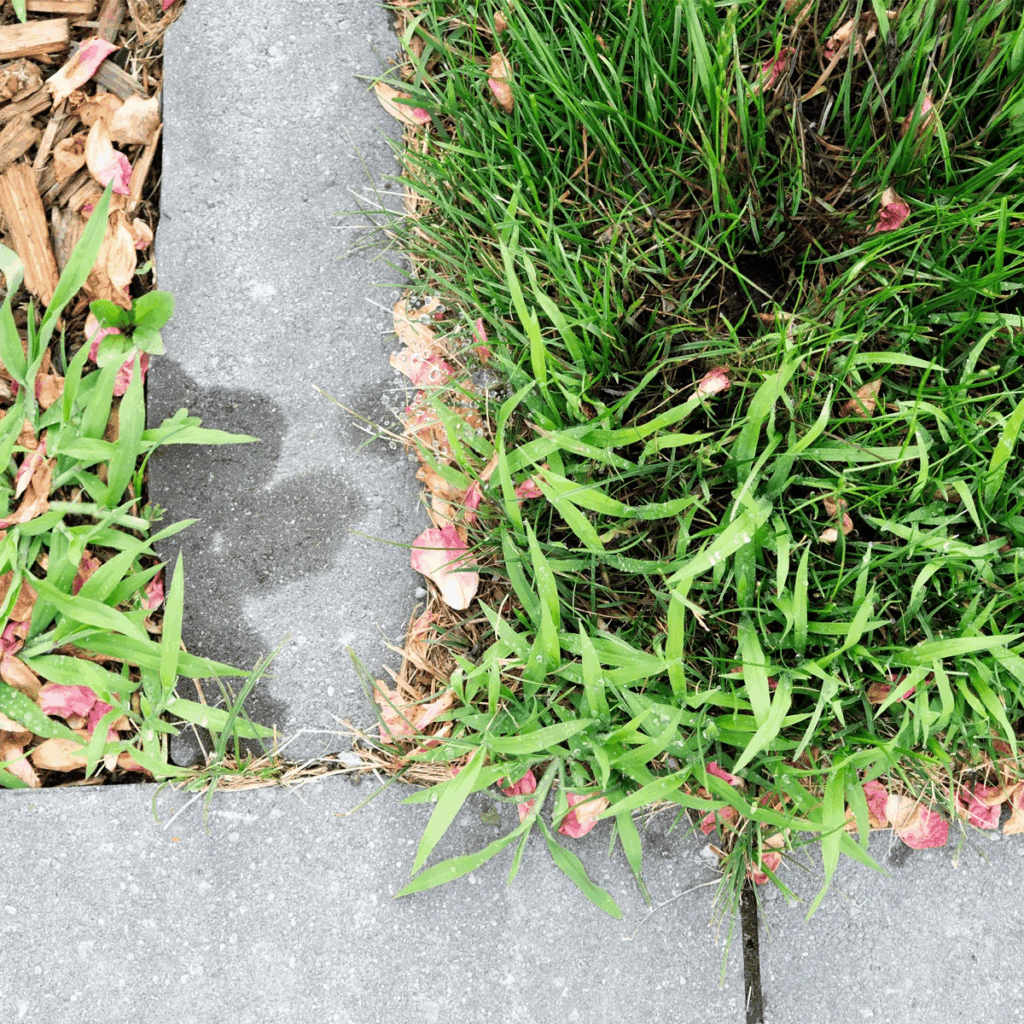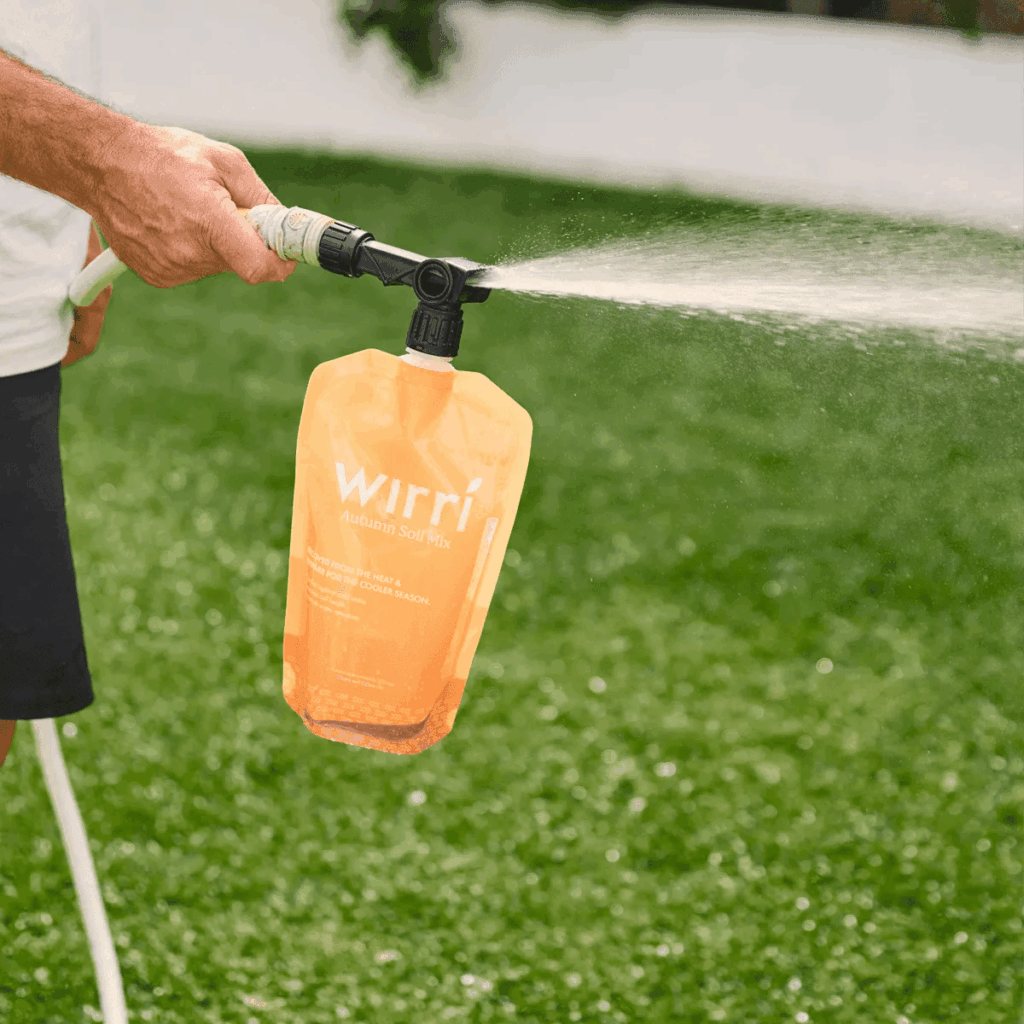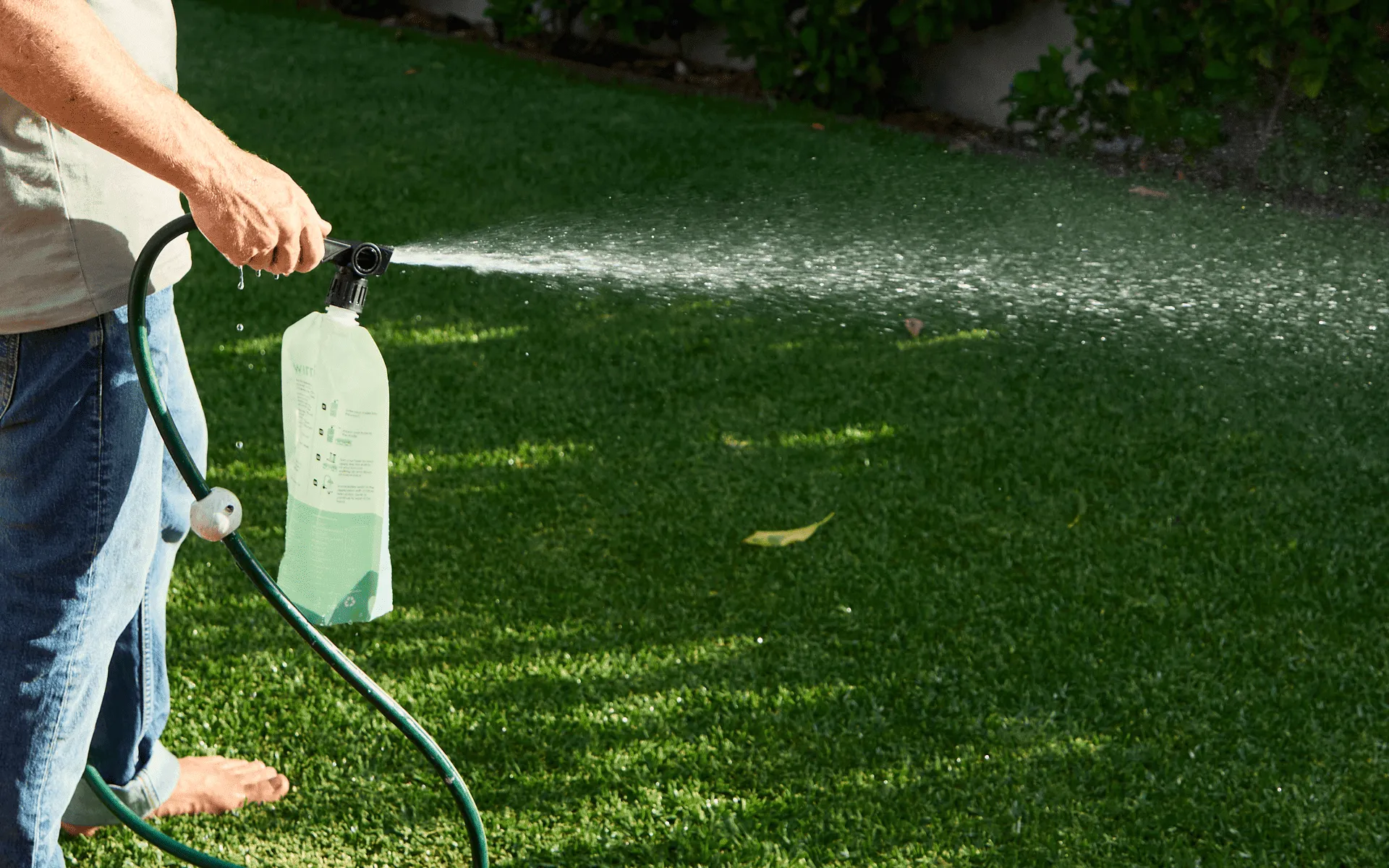Weeds are often painted as the ultimate villain of the backyard. Ask any weekend warrior with a lawn mower and they’ll likely groan about bindii, clover, or that one mysterious green invader that always seems to come back no matter what they do. But not all weeds are created equal. Some are harmless, others are irritating, and a few can actually pose a real threat to the health of your lawn.
What is a “Weed,” Really?
In basic terms, a weed is any plant that’s growing where it’s not wanted. That definition is broad enough to include just about anything—from dandelions sprouting in your lawn to native grasses turning up in a neat flower bed.
But for lawn care, weeds tend to fall into three categories:
- Broadleaf weeds – These have wide, flat leaves. Think bindii, dandelion, clover.
- Grassy weeds – These look similar to lawn grass, making them harder to spot. Wintergrass and crabgrass fall into this group.
- Sedges – Not quite grass, not quite broadleaf. Nutgrass is a common offender here.
Each type poses its own challenges. Some grow fast and smother your turf. Others steal nutrients or water. A few won’t do much damage at all unless they get out of control.
Harmless vs Harmful: What Makes a Weed “Dangerous”?

Not all weeds are aggressive or invasive. Some pop up, make themselves at home in a patch of lawn, and cause little more than a minor cosmetic issue. Others, however, are the plant equivalent of squatters—taking over, draining resources, and pushing out your carefully tended grass.
Here’s what makes a weed truly dangerous to your lawn:
- Competes for nutrients and water – Deep-rooted weeds can starve your grass of what it needs to thrive.
- Spreads rapidly – Some weeds, like oxalis or couch grass, can spread through underground runners or explosive seed dispersal.
- Tough to remove – Weeds with deep taproots or underground bulbs (like onion weed) are hard to dig out completely.
- Unwelcome underfoot – Bindii is the classic example—its sharp burrs can make walking barefoot on your lawn a painful experience.
- Reduces lawn health over time – Weeds that crowd out healthy turf can thin your lawn, leaving it open to more pests and disease.
Weeds You Should Worry About in Australian Lawns
Some weeds might be unsightly but not worth losing sleep over. Others deserve your full attention. Here are a few notorious offenders that can be dangerous to your lawn:
- Bindii (Soliva sessilis)
A real nuisance in summer, bindii produces prickly seeds that make your lawn unusable barefoot. It thrives in compacted soil and poor turf health.
- Crowsfoot Grass (Eleusine indica)
This annual grassy weed loves the heat and spreads fast. It competes fiercely with lawn grass and is difficult to control without targeted herbicides.
- Nutgrass (Cyperus rotundus)
A sedge with a strong underground system. Removing the top of the plant won’t stop it—it regrows quickly from its tubers.
- Wintergrass (Poa annua)
Common in cooler months, it grows in clumps and weakens your lawn’s density, making it patchy and uneven.
- Couch Grass (in other lawn types)
If you’ve got buffalo or kikuyu grass, couch grass is an invader. It creeps in aggressively and ruins the consistency of your turf.
Weeds That Aren’t Worth Panicking Over
Some weeds might be annoying but don’t pose a serious threat to your lawn’s long-term health. If you’re dealing with these, you might choose to live with them—or at least not go nuclear with treatment:
- Clover (Trifolium species)
Clover is a low-growing, nitrogen-fixing plant that actually improves soil health. Some people even prefer it as part of a mixed lawn. If it’s not taking over, it might not be worth removing.
- Dandelion (Taraxacum officinale)
Recognisable by its yellow flower and fluffy seeds, dandelion is easily pulled out when young. It doesn’t spread too aggressively in most lawns.
- Oxalis (Oxalis corniculata)
While it does spread, oxalis isn’t too hard to control with steady effort. It’s annoying more than dangerous in most cases.
Why Lawn Health is the Best Defence

The best way to deal with weeds—dangerous or not—is to stop them from setting up camp in the first place. A thick, healthy lawn makes it much harder for weeds to take hold.
Here’s how to build a weed-resistant lawn:
- Regular mowing – Keeps your grass dense and prevents weeds from flowering.
- Proper watering – Deep, infrequent watering encourages strong roots and discourages shallow-rooted weeds.
- Fertilising – Healthy lawns outcompete weeds for nutrients.
- Aerating soil – Reduces compaction, improves drainage, and helps your lawn grow deeper roots.
- Overseeding bare patches – Stops weeds from finding easy spots to invade.
Conclusion: Don’t Declare War on Every Weed
In summary, not all weeds are dangerous to your lawn. Some are simply out of place but harmless. Others can spread aggressively, drain your soil, and wreck your turf. The key is to stay observant—know what’s in your lawn, act early when needed, and maintain strong, consistent lawn care habits.










